PDF-African Journal of Agricultural Research Vol. 2(3), pp. 052-057, March
Author : danika-pritchard | Published Date : 2015-12-10
Dong et al 053 able1 Milk yield of yak females of different breeds at various locations Localities Breed No Lactation length d Milk yield per lactation kg Daily
Presentation Embed Code
Download Presentation
Download Presentation The PPT/PDF document "African Journal of Agricultural Research..." is the property of its rightful owner. Permission is granted to download and print the materials on this website for personal, non-commercial use only, and to display it on your personal computer provided you do not modify the materials and that you retain all copyright notices contained in the materials. By downloading content from our website, you accept the terms of this agreement.
African Journal of Agricultural Research Vol. 2(3), pp. 052-057, March: Transcript
Download Rules Of Document
"African Journal of Agricultural Research Vol. 2(3), pp. 052-057, March"The content belongs to its owner. You may download and print it for personal use, without modification, and keep all copyright notices. By downloading, you agree to these terms.
Related Documents

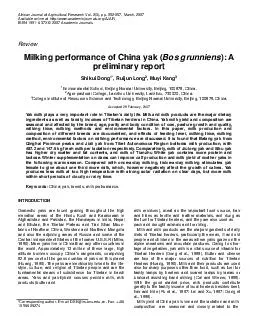





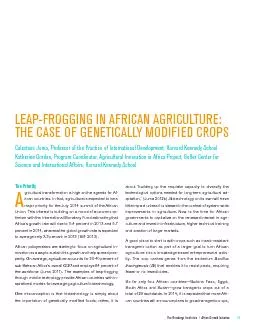
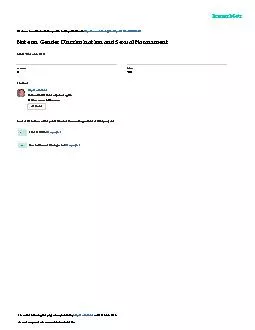

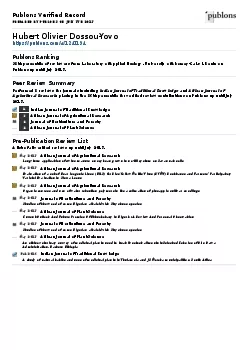
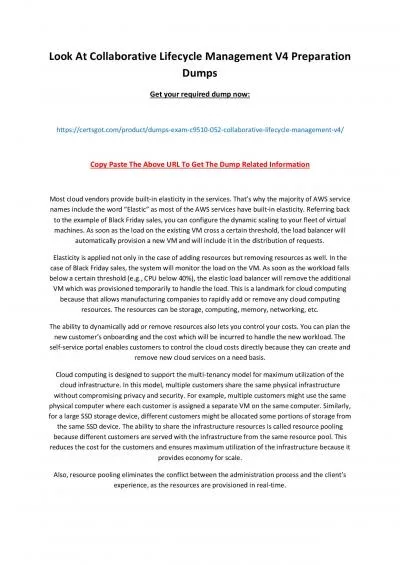
![[New] Get Ready to Crack Cisco 500-052 UCCXD Certification Exam](https://thumbs.docslides.com/990685/new-get-ready-to-crack-cisco-500-052-uccxd-certification-exam.jpg)

